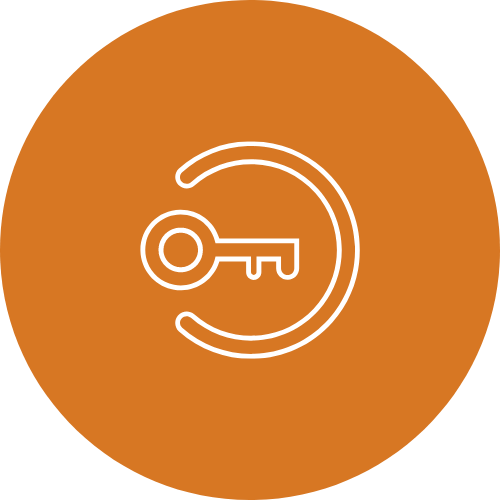Key Takeaways
- An unbundled learning ecosystem serves the learner first through better tracking, mapping and enabling a diverse set of learning experiences and environments.
- Connecting learners to their community will build real-world skills and connections that will dramatically reduce friction in pathways.
Vision
Imagine every learner having access to experiences that advance their progress along a co-designed educational pathway. In this world, pathways provide equitable and personalized access to stackable learning experiences leading to postsecondary credentials and family-sustaining employment and entrepreneurial opportunities. Throughout the journey, supportive coaches focus on helping learners build skills to navigate with agency. In parallel, learners develop foundational skills (literacy, math), technical skills, and durable skills and connect these to challenging co-designed experiences. The breadth and depth of experiences increase over time, and, in partnership, learners and coaches map progress toward reaching community-defined goals.
Overview
Since the advent of formal education, learning has been bundled. Most students attend schools and follow a prescriptive curriculum determined by the school, state, or other governing body. The curriculum is bundled together via classes, courses and seat time, and once the student has completed each of these at a satisfactory level, the authorizing body grants a credential.
However, even within a constrained system such as this, unbundled opportunities exist at various levels of granularity. At the classroom level, except in the most prescriptive programs, educators draw on a variety of resources and develop learning experiences from different sources. In this way, the classroom experience is often unbundled.
At the course level, high school students often can choose courses that best serve their interests. Despite typically being within a constrained system (such as a comprehensive school), learners can bundle different elements to meet their needs. The larger the school, the greater the variety of choices.
At the school level, the education ecosystem has increasingly provided an unbundled experience, where some learners (depending on geography and access) can choose from public (district, magnet, charter, virtual), homeschool, and private options (religious, secular, microschool, etc.).
At the ecosystem level, solutions already exist, but they need to be combined and scaled. Funding models (like My Tech High), badging/credentialing at the competency level (like VLACS), coaching models (like Big Thought), and open ecosystems (like New Hampshire’s Learn Everywhere) provide an excellent foundation. Thus, the building of an unbundled system has already begun but needs systemic changes to become widely available and accepted.







